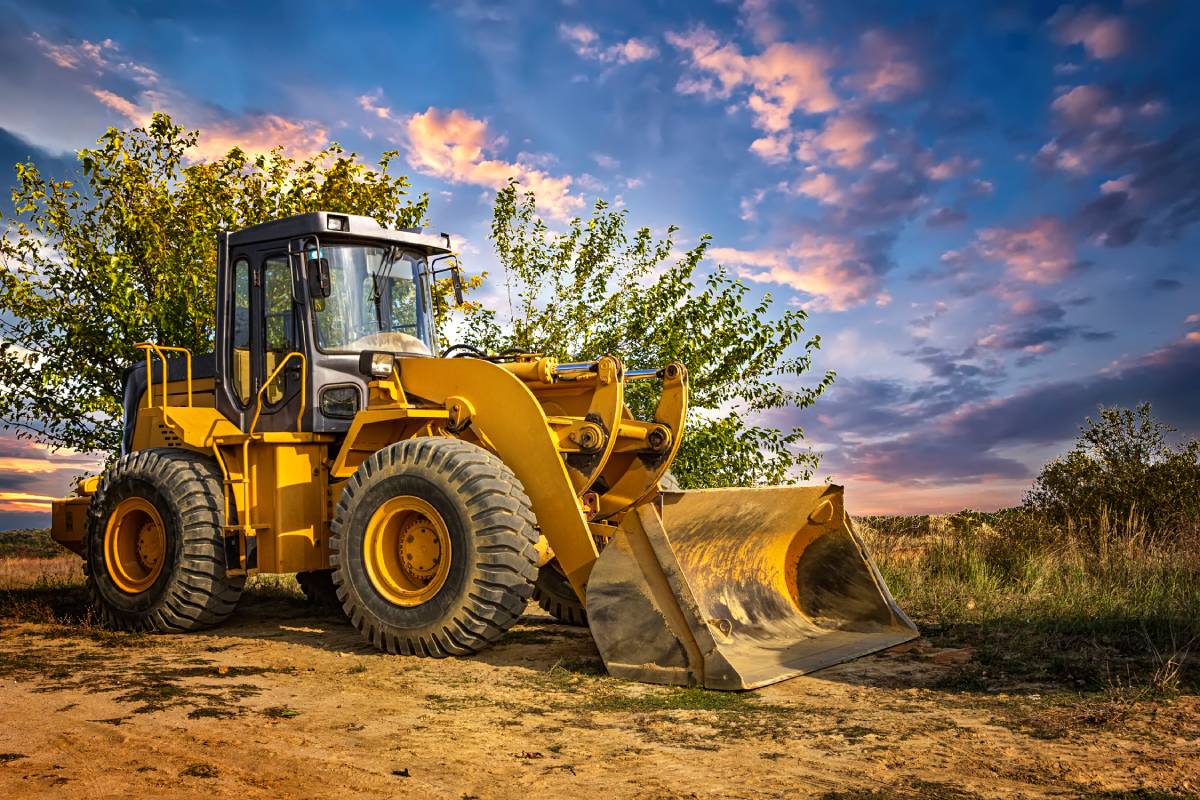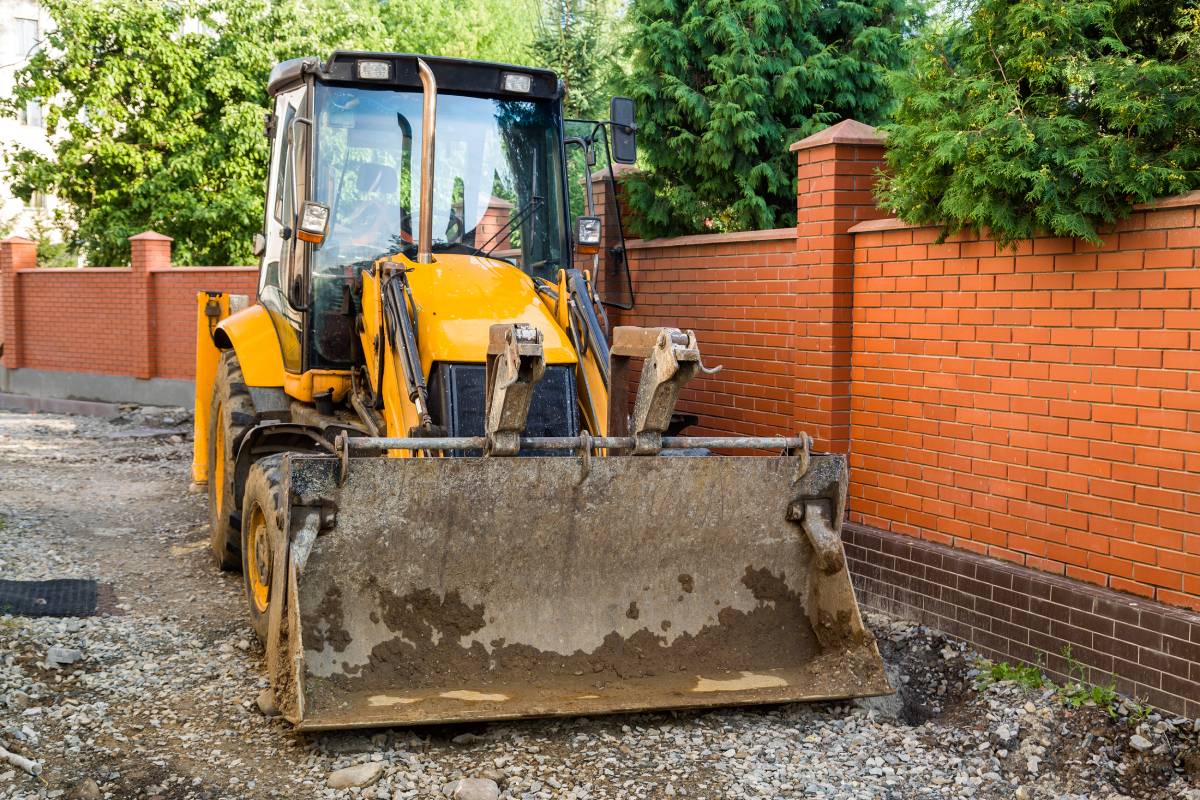Bulldozers are the big bosses of the building scene. They’re tough, they’re strong, and they get stuff done. Whether it’s sculpting the land or hauling away junk, these bad boys are crucial in all kinds of heavy-lifting industries like construction, digging up minerals, farming, and managing forests.
In this easy-going guide, we’re gonna take a cruise through bulldozer territory. We’ll check out all the different types, the must-have parts, and all the cool jobs they do with top-notch skill. So, whether you’re in the biz or just diggin’ for knowledge, come along for the ride as we dig into what makes these dirt-shifting giants so awesome.
What are the 6 common types of bulldozers?
Bulldozers are versatile machines that can handle different construction tasks. They come in various types that suit different project needs. Factors such as terrain, project scope, and specific requirements influence the choice of bulldozer. Each type has unique features that enhance efficiency and safety.
It is important to understand these bulldozer types to optimize productivity and ensure the successful completion of any project.
The crawler bulldozer
A crawler bulldozer is like a mighty tractor that can handle any earth-moving job. It has a strong design that lets it carry heavy materials on different kinds of land. It has tracks that give it great grip, so it can move easily on rough and bumpy ground. Some bigger models also have rippers, which make them able to break and clear hard terrain. They are very useful in tough situations. A crawler bulldozer is the best choice for working on hard construction sites or clearing forests. It is a dependable machine for doing hard work.

The wheel bulldozer
A wheel dozer, also called a rubber-tired dozer, is a powerful machine that can rival its crawler cousin in size and strength. It has a tire-based design that gives it more mobility and flexibility than a tracked dozer. It can steer easily with hydraulic steering and turn on a smaller radius, making it ideal for working in tight or confined spaces. It also has less impact on the ground surface, which is important for projects where ground damage needs to be minimized. Whether it’s for construction or conservation, the wheel dozer can handle various tasks with efficiency and ease.
The shiphold bulldozer
These nifty bulldozers are the unsung heroes of the sea trade game. They zip around the cargo holds of ships, shuffling around heaps of coal and other bulk goods like pros. Despite their snug fit in the cramped quarters of a ship, they handle the load like champs. Plus, they’re built tough to take on the salty sea air and keep on trucking. Without these sturdy machines, loading and unloading goods for international trade would be a real slog.
The mulcher bulldozer
These machines are amazing for clearing land, as they have a mulching attachment that can shred, grind, and clear any kind of vegetation. Whether it’s brush, shrubs, or palm tree removal, these bulldozers can handle them all and prepare the land for development projects. The mulcher attachment also lets them switch from bulldozing to wood chipping, turning vegetation into wood chips that are easy to dispose of. This makes the clearing process faster and cleaner, and makes mulcher bulldozers very useful for turning raw land into ready-to-build sites.
The hybrid bulldozers
So, have you heard about these new hybrid bulldozers? They’re like the cool new kids on the block in construction. Basically, they’ve taken the old-school bulldozer, which is all about power and toughness, and given it a green makeover. Now, it’s not just strong; it’s also smart and kind to the planet. These hybrids run on a combo of fuel and electricity, cutting down on smoke and saving fuel like a boss.
And guess what? They’re just as mighty as the regular ones. It’s like having your cake and eating it too – you get all that muscle without guzzling gas like there’s no tomorrow. With everyone trying to go green, these hybrid bulldozers are leading the charge in making earth-moving gigs a whole lot cleaner. Pretty neat, huh?
The mini bulldozer
Affectionately dubbed the ‘compact bulldozer’, this little powerhouse is all about versatility and agility packed into a small package. It’s perfect for those precision-heavy projects where bigger machines just can’t cut it. Think grading, lot clearing, and squeezing into those tight urban spots that larger equipment would baulk at.
Don’t let the size fool you though; these mini bulldozers come with a hefty dose of oomph, making short work of various earth-moving tasks. They’re the go-to for getting things done in cramped spaces, proving that when it comes to productivity, it’s not the size that counts.

What are the different types of bulldozer blades?
Bulldozers, the workhorses of the construction world, derive their versatility not only from their types but also from the blades they employ. Each blade serves a specific purpose, catering to various materials, load weights, and tasks. Below, we delve into the details of the five most common bulldozer blades:
Straight Blades (S-Blade)
The S-blade, characterized by its simplicity and lack of side wings, finds its niche in handling fine-grained and medium- to hard-density materials. Positioned at the lower back corners of the blade, the straight shape of the S-blade makes it adept at tasks such as stumping, backfilling, grading, and soil evening. However, its design limits lifting and carrying capabilities, making it less suitable for heavy-duty tasks.
Universal Blade (U-Blade)
With its expansive side wings and curved shape, the U-blade stands as the largest blade type, offering optimal performance in pushing materials across vast expanses of land. Its design prevents material spillage during motion, ensuring efficient operation. Like the S-blade, it attaches to the lower back corners of the blade and excels in handling soft- to medium-density soil. Tasks such as ditching, hauling, pushing, and crowning are where the U-blade truly shines.
S-U- (Semi-U) Blade
Combining features from both the S-blade and the U-blade, the S-U-blade boasts enhanced penetration and versatility. Its narrower, less curved profile and smaller side wings make it adept at pushing soil across long distances. Attached using angled stabilizing braces and hydraulic tilt cylinders, this blade is ideal for soft- to medium-density sand and soil. Crowning, moving heavy material, stumping, and ditching are among the tasks where the S-U-blade excels.
Angle Blade
Positioned at the centre of the bulldozer’s panel, the angle blade offers the flexibility to angle close to 30 degrees left or right, facilitating efficient debris movement to the side. Although lacking side wings, its two-way functionality makes it suitable for soft- to medium-hard-density soils, snow, and gravel. Tasks such as stumping, shaping, stripping, and ditching benefit from the versatility of the angle blade.
Power-Angle-Tilt (PAT) Blade
Renowned for its versatility and multifaceted motions, the PAT blade grants the operator unparalleled control from the cabin. Mounting at the center of the panel, it allows for angling, tilting, and lifting in almost all directions, making it a versatile option for various tasks. Similar to the angle blade, it thrives in soft- to medium-hard-density soils, making it suitable for scraping, land clearing, levelling, backfilling, and grading operations.
Each bulldozer blade type brings its own set of advantages and applications, allowing for tailored solutions to meet the demands of diverse construction and earth-moving projects. Understanding the characteristics and capabilities of each blade type is crucial for maximizing efficiency and productivity on the job site.

What are the bulldozer parts and functions?
Bulldozers stand as the backbone of earth-moving operations across diverse terrains, owing to their robust design and versatile capabilities. Understanding the various components that constitute these formidable machines is crucial for optimizing their performance and efficiency. Below, we delve into the key bulldozer parts and their respective functions:
Rippers
Situated at the rear of the bulldozer, rippers resemble claws and serve a pivotal role in breaking up land for agricultural purposes or preparing terrain for excavation. Available in both single-shank and multi-shank configurations, rippers offer flexibility to tackle a wide range of projects, from soil cultivation to rock and earth excavation.
Final Drive
Among the most utilized and replaced components, the final drive ensures the transmission of power from the engine to the tracks or tyres. Modern final drives feature advanced designs that distribute load over multiple gear teeth, enhancing durability and efficiency. Additionally, innovative suspension systems lift the drive motor, reducing wear and tear during operation.
Cab
The bulldozer’s cab serves as the command centre, where operators orchestrate the machine’s movements and operations. Equipped with various features to enhance comfort and safety, modern cabs prioritize sound reduction and impact absorption to mitigate operator fatigue during extended work periods.
Tracks/Tyres
Tracks and tyres significantly influence a bulldozer’s mobility and performance across different terrain types. Tracks excel in navigating hard, uneven surfaces, offering superior traction and stability. Conversely, tyres are preferred for soft ground conditions, minimizing ground disturbance and environmental impact, making them ideal for sensitive areas.
Engine
Powering the bulldozer’s heavy-duty operations, the engine plays a pivotal role in propelling the machine and handling substantial loads. Bulldozers typically employ high-powered engines tailored to meet the demands of various projects. Modern engines prioritize fuel efficiency and emissions reduction to comply with environmental regulations, ensuring sustainable operation.
Push Frame
Critical for positioning materials and directing the blade during operations, the push frame acts as the interface between the bulldozer and the blade. Responsible for transferring force and controlling blade movement, the push frame plays a vital role in achieving precise and efficient earth-moving tasks.
Bulldozer Blades
At the forefront of bulldozer operations, the blade serves as the primary tool for pushing, grading, and excavating materials. Available in various types, including straight, universal, angle, and power-angle-tilt (PAT) blades, each blade offers unique features optimized for specific tasks and terrain conditions. From fine-grained soil to dense rock formations, bulldozer blades provide the versatility and power necessary to tackle a myriad of earth-moving challenges.
How to choose a bulldozer for my project?
Selecting the appropriate bulldozer is essential for maximizing efficiency and productivity on your project site. Consider the following factors to ensure you make the right choice:
- Purpose: Determine the specific tasks the bulldozer will perform. Whether it’s levelling the ground, pushing materials, or excavating, identifying the primary purpose will help narrow down your options.
- Work Site Analysis: Evaluate the layout and conditions of the work site. If the project involves manoeuvring in tight or confined spaces, opt for a bulldozer with compact dimensions and enhanced manoeuvrability to navigate effectively.
- Terrain Consideration: Take into account the nature of the terrain where the bulldozer will operate. For hard or uneven surfaces, tracked bulldozers offer superior traction and stability, while wheeled bulldozers are more suitable for softer ground conditions.
- Material Types: Understand the composition and density of the materials to be handled by the bulldozer. Different types of blades and attachments are optimized for specific material types, whether it’s loose soil, rocky terrain, or heavy debris.
You want to pick the best bulldozer for your project, right? Well, you need to look at some factors like the terrain, the soil, the size and the budget. Different bulldozers have different strengths and weaknesses, so you need to know what they can do and what they can’t.
Don’t just go for the first one you see, do some research and compare them. That way, you’ll get the most out of your bulldozer and your project will run smoothly and efficiently. Trust me, it’s worth it to spend some time on this.”



